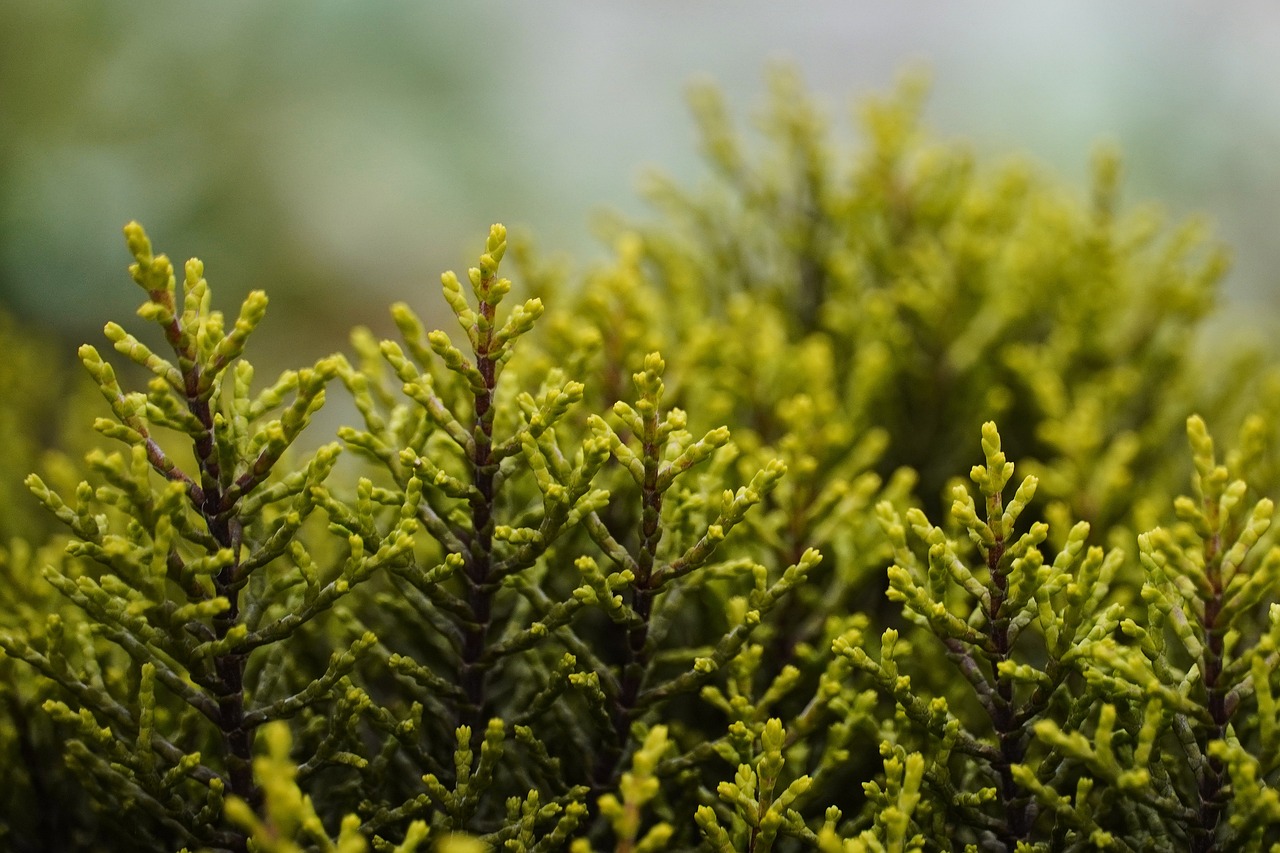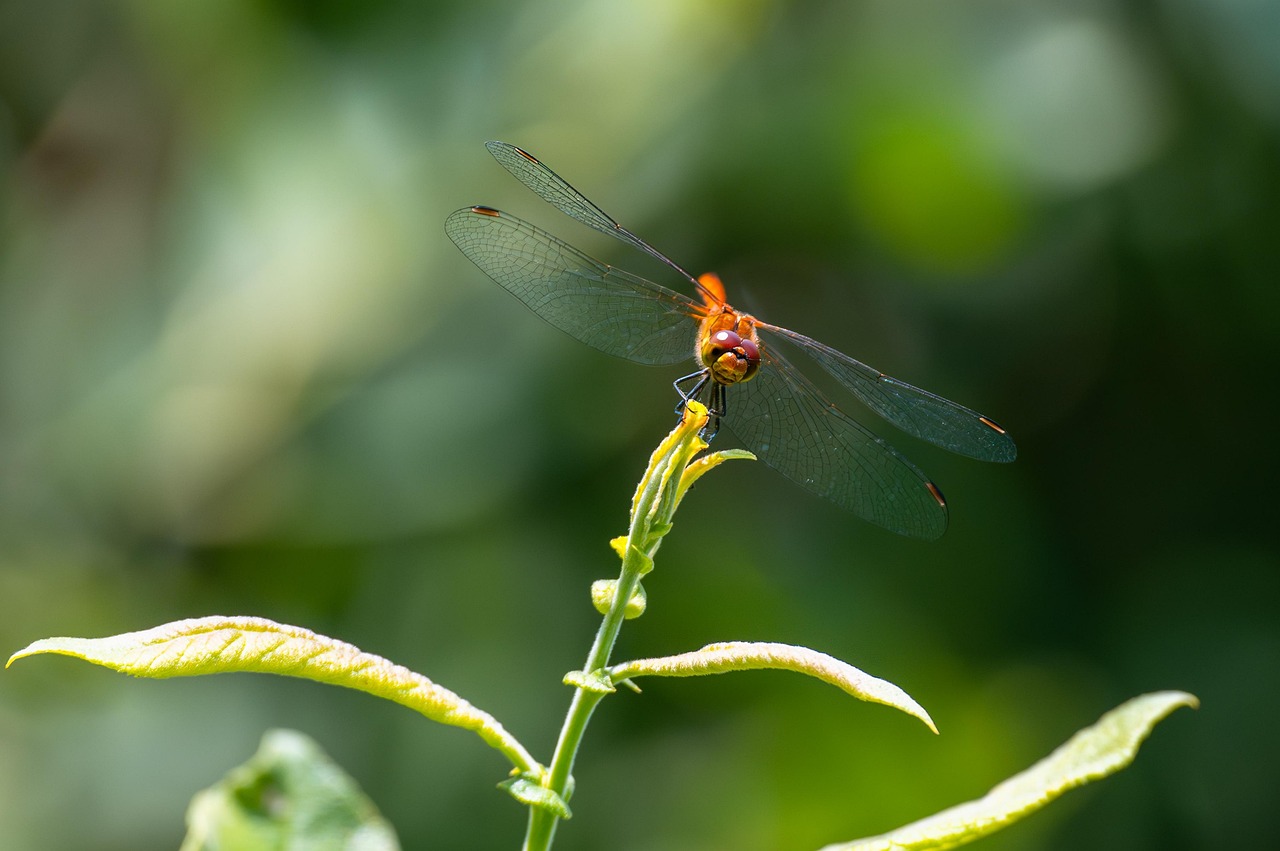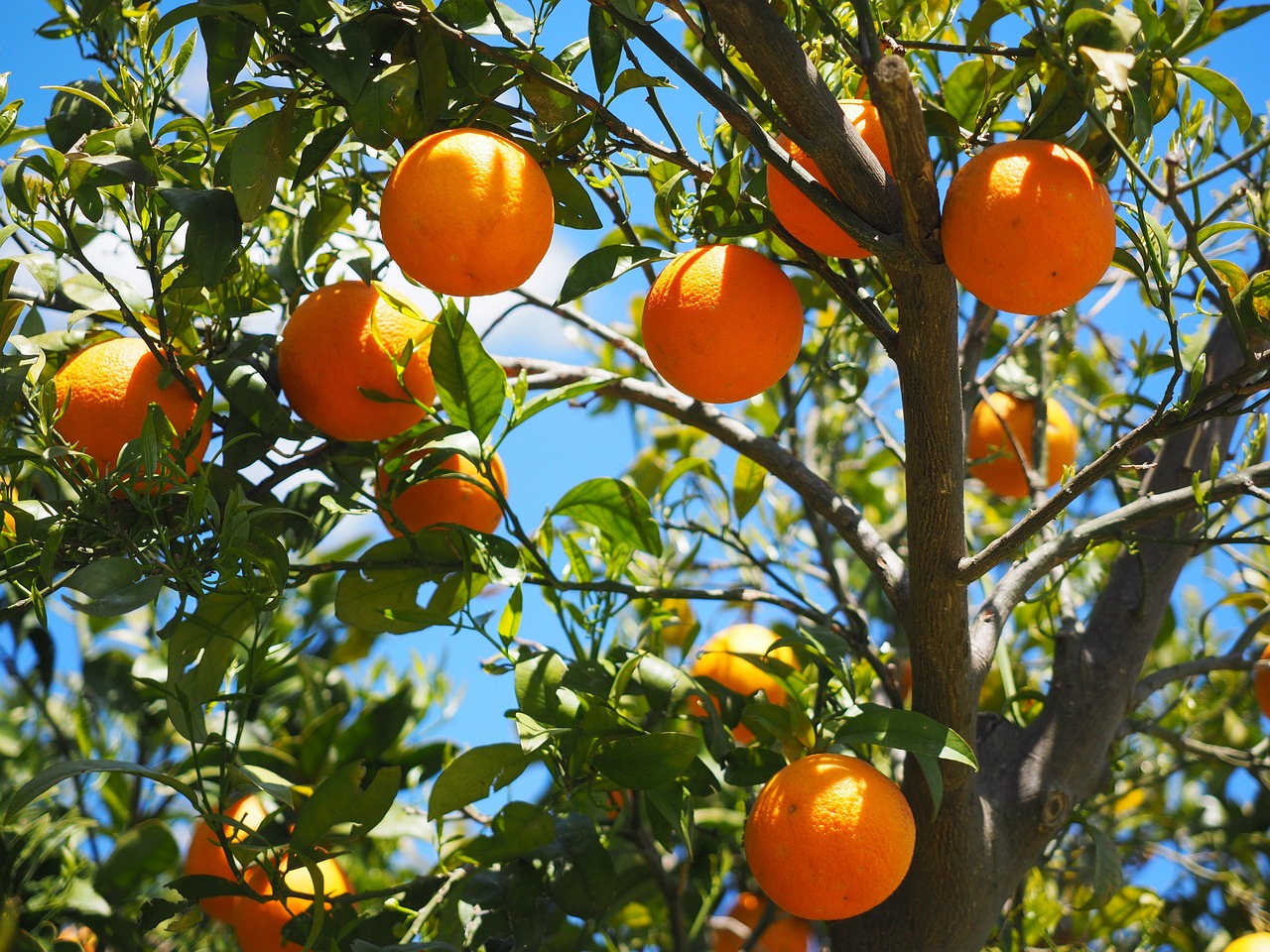Discover the vibrant world of trees and shrubs with orange berries. These plants not only add fiery color to your landscape but also provide essential food for wildlife. As fall approaches, their striking berries become a focal point in gardens and natural settings alike.
Orange berries come from various species of trees and shrubs, each offering unique characteristics and benefits. These plants can thrive in diverse climates and soil conditions, making them suitable for various landscapes. Their colorful fruits are not only visually appealing but also contribute to the ecological balance by attracting birds and other wildlife.

The bright orange hue of these berries is often a signal of ripeness, making them an attractive option for gardeners looking to add color during the fall months. Additionally, many of these species are hardy and require minimal maintenance, allowing even novice gardeners to enjoy their beauty. Below is a table highlighting some popular trees and shrubs that produce orange berries, along with key attributes.
| Plant Name | Type | Height | Berry Season | Wildlife Attraction |
|---|---|---|---|---|
| Sea Buckthorn | Shrub | 6-10 ft | Fall | Birds, mammals |
| American Holly | Tree | 15-30 ft | Winter | Songbirds |
| Pyracantha (Firethorn) | Shrub | 3-10 ft | Fall | Birds, butterflies |
| Chokecherry | Tree | 20-30 ft | Fall | Various birds |
| Rowan (Mountain Ash) | Tree | 15-30 ft | Late summer to fall | Birds, insects |
Benefits of Orange Berries in Your Landscape
Incorporating trees and shrubs with orange berries into your landscape offers numerous benefits. Firstly, these plants serve as a food source for wildlife, particularly during the colder months when other food options are scarce. Observing birds flocking to your garden can be a delightful experience.
Secondly, the vibrant color of orange berries adds visual interest to your garden. Whether you have a small backyard or a large estate, these plants can serve as focal points or accents in your landscape design. The contrast between the orange berries and the changing leaves of fall creates a stunning display.
Additionally, many of these species are adaptable to a range of growing conditions. For instance, some can thrive in poor soil or tolerate drought, making them low-maintenance options for busy gardeners. Their resilience makes them excellent choices for various climates.
Moreover, these plants often require minimal pruning and care once established, which is appealing for those who prefer a hands-off gardening approach. Their natural beauty allows them to blend seamlessly into both formal gardens and wild landscapes.
In summary, choosing trees and shrubs with orange berries not only enriches your garden’s aesthetic appeal but also supports local wildlife and promotes biodiversity. With so many options available, you can easily find the right fit for your outdoor space.
Popular Trees with Orange Berries
Among the many trees that produce orange berries, several stand out due to their unique characteristics and benefits. These trees not only enhance your landscape but also provide valuable resources for wildlife. Below are some popular options to consider when selecting trees for your garden.
1. American Holly (Ilex opaca)
The American Holly is a classic tree known for its glossy leaves and bright red-orange berries. This evergreen tree can grow between 15 to 30 feet tall, making it an excellent choice for creating privacy screens or windbreaks.
- Height: 15-30 ft
- Sunlight: Partial to full shade
- Soil: Well-drained soil
- Wildlife: Attracts birds and provides shelter
The berries of the American Holly are not only visually appealing but also serve as a food source for various bird species during the winter months.
2. Chokecherry (Prunus virginiana)
The Chokecherry tree is another excellent option, known for its clusters of small, round orange berries. This tree can grow up to 30 feet tall and is often found in wild landscapes.
- Height: 20-30 ft
- Sunlight: Full sun to partial shade
- Soil: Adaptable to various soil types
- Wildlife: Attracts birds and insects
The berries can be used to make jellies and jams, although they may require sweetening due to their tartness.
3. Mountain Ash (Sorbus americana)
The Mountain Ash, or Rowan tree, is celebrated for its attractive clusters of orange berries that appear in late summer. This tree typically grows between 15 and 30 feet tall and adds a burst of color to any landscape.
- Height: 15-30 ft
- Sunlight: Full sun
- Soil: Prefers well-drained, loamy soil
- Wildlife: Provides food for birds and small mammals
The berries are also used in traditional recipes and can be fermented to create beverages.
Shrubs with Orange Berries

Shrubs can add both structure and beauty to your garden, especially when they bear vibrant orange berries. Here are some noteworthy shrubs that thrive in various conditions.
1. Pyracantha (Firethorn)
Pyracantha, commonly known as Firethorn, is a thorny shrub that produces bright orange berries in the fall. It typically reaches heights of 3 to 10 feet and is highly valued for its dense growth.
- Height: 3-10 ft
- Sunlight: Full sun to partial shade
- Soil: Tolerates poor soil conditions
- Wildlife: Attracts birds and butterflies
This shrub can be trained against walls or fences, offering both beauty and security.
2. Sea Buckthorn (Hippophae rhamnoides)
Sea Buckthorn is a hardy shrub that thrives in coastal areas and produces small, nutrient-rich orange berries. This plant can grow between 6 to 10 feet tall and is known for its medicinal properties.

- Height: 6-10 ft
- Sunlight: Full sun
- Soil: Grows well in sandy soils
- Wildlife: Attracts various birds and insects
The berries are packed with vitamins and can be used in juices, oils, and health supplements.
These trees and shrubs not only beautify your space but also play a vital role in supporting local ecosystems. By selecting a variety of these plants, you can create a dynamic and colorful landscape that thrives in the fall season.
Care and Maintenance of Trees and Shrubs with Orange Berries

Successfully growing trees and shrubs with orange berries requires attention to their specific care needs. Understanding these requirements will ensure that your plants thrive and produce an abundance of berries each season. Below are essential aspects of care and maintenance for these vibrant additions to your garden.
Watering Requirements
Watering is crucial, especially for young trees and shrubs. Here are some tips to ensure your plants receive adequate moisture:
- Newly Planted Trees: Water them deeply once a week for the first year to help establish their root systems.
- Established Plants: After the first year, many of these species can tolerate drought. However, during dry spells, a deep watering every two weeks is beneficial.
- Soil Moisture: Always check if the soil is dry before watering. Overwatering can lead to root rot.
Fertilization Tips
Providing the right nutrients is essential for healthy growth and berry production. Consider the following fertilization strategies:
- Type of Fertilizer: Use a balanced, slow-release fertilizer in early spring when new growth begins.
- Organic Options: Compost or well-rotted manure can provide nutrients without the risk of chemical buildup.
- Frequency: Fertilize every spring for the first three years. After that, a biennial application is usually sufficient.
Pruning Techniques
Pruning helps maintain the shape of your trees and shrubs and encourages healthy growth. Here are some pruning guidelines:
- Timing: Late winter or early spring is the best time to prune most species before new growth starts.
- Remove Dead or Diseased Branches: This will improve air circulation and reduce the risk of pests and diseases.
- Shaping: For shrubs like Pyracantha, shaping can enhance their appearance while preventing overcrowding.
Pest and Disease Management
Like any plants, trees and shrubs with orange berries may face challenges from pests and diseases. Awareness and proactive management can keep your plants healthy.
Common Pests
The following pests are often found on these plants:
- Aphids: Small sap-sucking insects that can cause leaf curling. Spray with insecticidal soap if infestations occur.
- Spider Mites: These tiny pests thrive in dry conditions. Increase humidity around your plants to deter them.
- Scale Insects: These pests attach themselves to stems and leaves. Regularly inspect your plants and remove them manually or treat with horticultural oil.
Disease Prevention
To prevent diseases that may affect your berries, follow these practices:
- Good Air Circulation: Space plants adequately to ensure good airflow, reducing the risk of fungal infections.
- Monitor Watering: Avoid overhead watering to prevent moisture on leaves, which can lead to fungal diseases.
- Healthy Soil: Ensure that your soil is healthy, as strong plants are less susceptible to diseases.
By implementing these care and maintenance practices, you can ensure that your trees and shrubs with orange berries flourish in your garden. Enjoy watching them thrive as they bring color and wildlife to your outdoor space.
Landscape Design Ideas with Orange Berries
Incorporating trees and shrubs with orange berries into your landscape design can create stunning visual effects throughout the year. Here are some ideas to effectively showcase these vibrant plants in your garden:
1. Focal Points
Planting orange-berried trees as focal points can draw attention to specific areas of your garden. Consider the following:
- Positioning: Place larger trees like Mountain Ash or American Holly at the end of pathways or near entrances to create an inviting atmosphere.
- Group Planting: Cluster several shrubs like Pyracantha together to form a colorful hedge or backdrop, enhancing their visual impact.
2. Seasonal Color
To maintain a vibrant garden throughout the seasons, mix trees and shrubs with varying berry production times and foliage colors:
- Fall Display: Combine plants that produce orange berries in the fall with those that have beautiful autumn foliage for a striking display.
- Winter Interest: Choose evergreens like American Holly to provide structure and color, even after the berries have fallen.
3. Wildlife Gardens
Creating a wildlife-friendly garden is another excellent way to utilize orange-berried plants. Consider these tips:
- Nesting Areas: Use shrubs like Sea Buckthorn to provide shelter for birds and small mammals.
- Food Sources: Ensure a variety of berry-producing plants to attract different species, enriching your garden’s biodiversity.
Final Thoughts
Trees and shrubs with orange berries add not only beauty but also ecological benefits to any landscape. They provide vibrant colors, attract wildlife, and enhance the overall aesthetic of gardens throughout the year. By understanding the specific care needs of these plants, you can cultivate a thriving environment that supports local ecosystems.
As you plan your garden, consider mixing various species of trees and shrubs to create layers of color and texture. Each plant contributes uniquely to the garden’s appeal and functionality. Whether you aim to attract birds with berry-laden branches or simply want to enjoy the fiery hues of fall, these plants are versatile enough to meet your gardening desires.
Investing time in selecting and caring for these orange-berried plants will reward you with a dynamic landscape that showcases nature’s beauty. Embrace the vibrant options available and transform your garden into a haven for both yourself and local wildlife.
With careful planning and maintenance, your garden will not only thrive but also become a cherished retreat filled with life and color, celebrating the beauty that trees and shrubs with orange berries provide.
